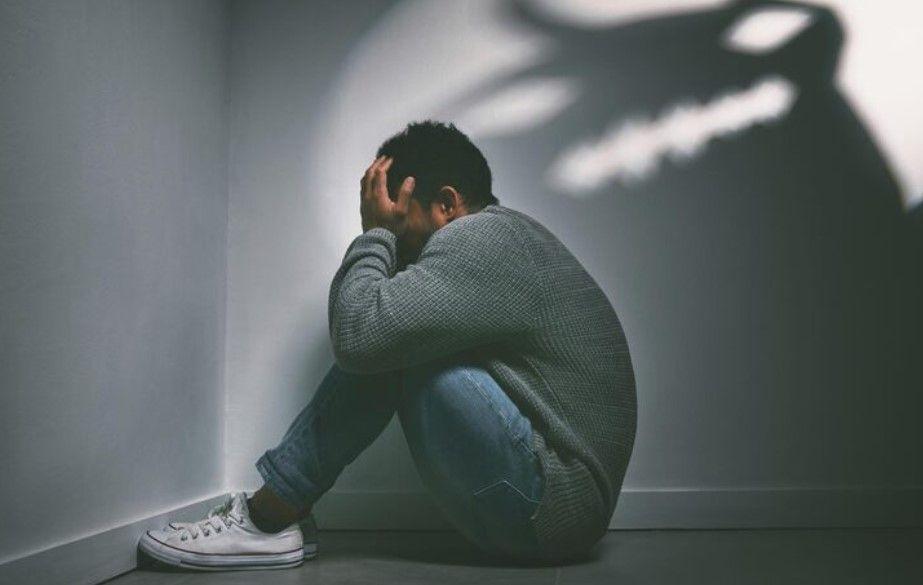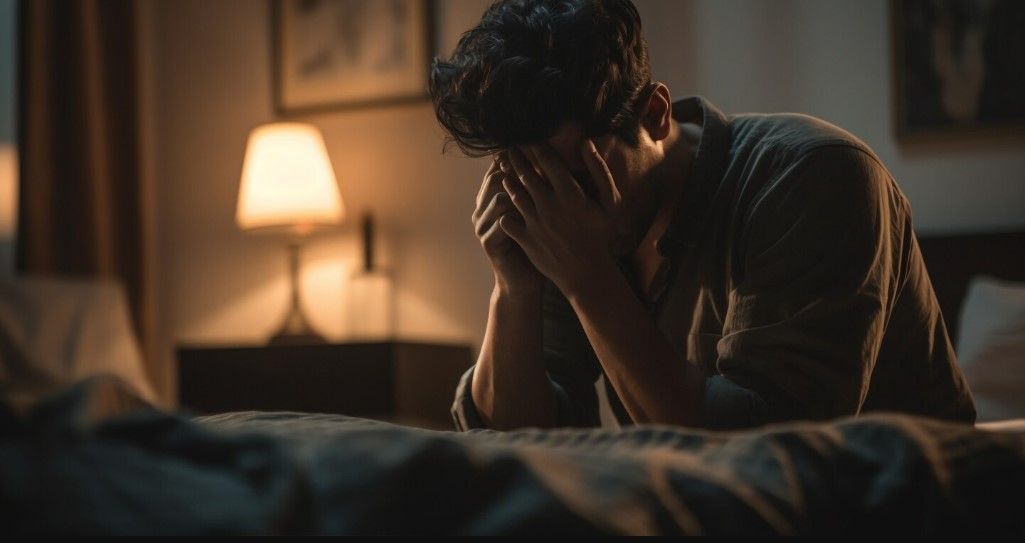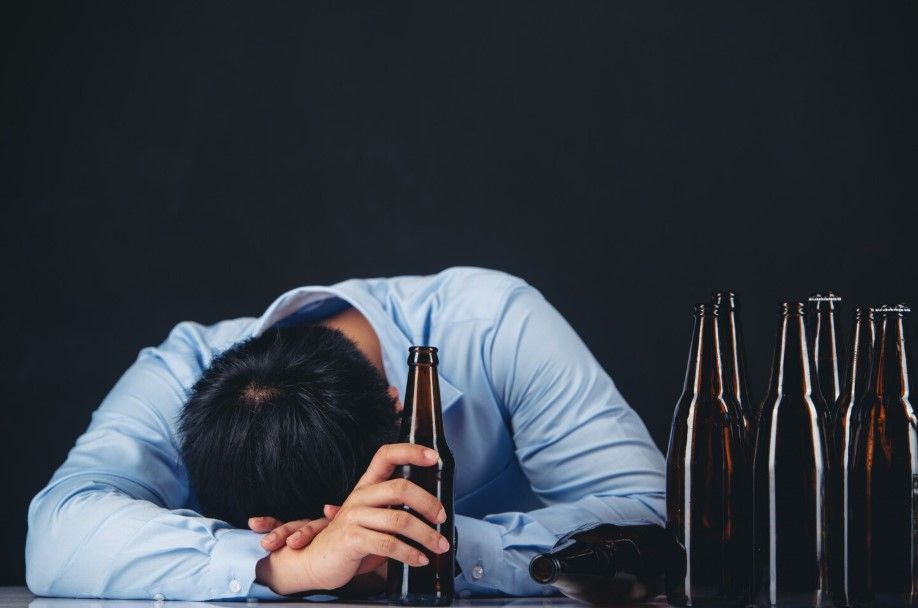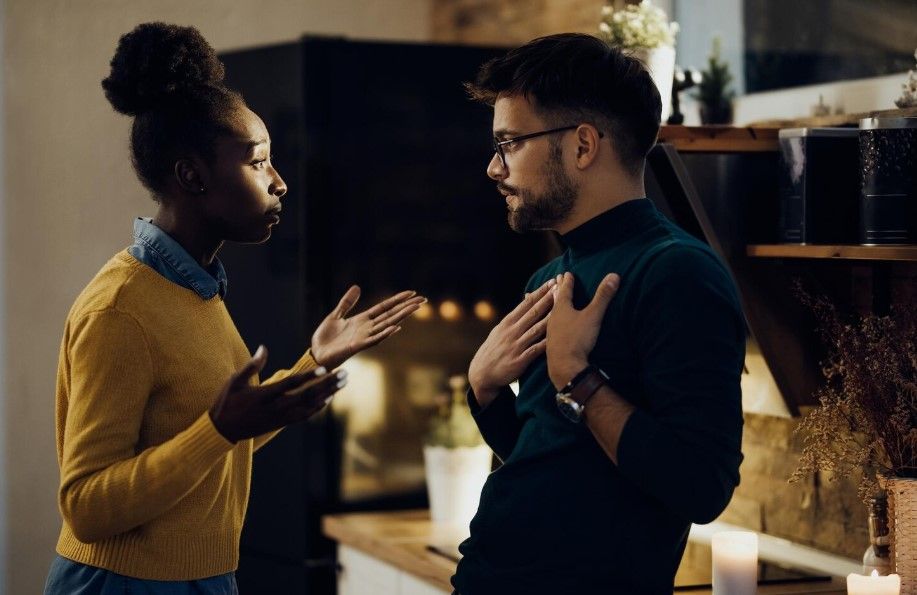Physical Abuse in 2025: Hidden Harms and Legal Reform
Physical abuse remains pervasive, especially among elderly and women in intimate relationships. In the Philippines, 17.5% of women aged 15–49 report violence from partners. Legal frameworks are evolving, but cultural stigma and underreporting hinder justice. Advocacy focuses on intersectional approaches and trauma-informed law enforcement.
The Scope: Widespread, Underreported, and Complex
Physical abuse affects millions across all demographics, but women, children, the elderly, and persons with disabilities remain disproportionately impacted. In the Philippines, 17.5% of women aged 15–49 report experiencing physical violence from a partner. Yet underreporting persists due to:
- Fear of retaliation or family breakdown
- Economic dependence on abusers
- Cultural norms that discourage speaking out
- Limited access to safe shelters and legal aid
Globally, physical abuse intersects with emotional manipulation, financial control, and systemic neglect—making it harder to detect and address.
The Hidden Harms: Beyond Bruises
In 2025, physical abuse is understood not just as bodily harm, but as a trauma that rewires the brain and fractures identity. Survivors often experience:
- Chronic pain, sleep disorders, and autoimmune conditions
- PTSD, anxiety, depression, and emotional dysregulation
- Shame, isolation, and difficulty forming safe relationships
Healthcare providers now use trauma-informed screening tools to identify abuse-related symptoms that may otherwise be missed.
Legal Reform: Shifting from Punishment to Protection
Legal systems are evolving to better support survivors. In 2025, key reforms include:
- Expanded definitions of abuse, including coercive control and non-visible injuries
- Survivor-centered court procedures, such as remote testimony and trauma-informed questioning
- Mandatory training for law enforcement and judiciary on gender sensitivity and trauma response
- Community-based protection orders, allowing barangay-level intervention in the Philippines
However, enforcement remains uneven. Advocates call for stronger accountability mechanisms and survivor-led policy design.
Healing and Support: From Crisis to Recovery
Recovery from physical abuse requires more than escape—it demands long-term support. In 2025, leading programs offer:
- Integrated care models combining medical, psychological, and legal services
- Peer-led support groups that foster connection and empowerment
- Economic reintegration programs, including job training and housing assistance
- Culturally responsive counseling, honoring diverse healing practices and identities
These approaches recognize that healing is not linear—and that survivors deserve dignity, choice, and safety.
Advocacy and Awareness: Naming the Unseen
Survivors, activists, and allies are pushing for cultural change. Campaigns now focus on:
- Challenging victim-blaming narratives
- Educating youth on consent, boundaries, and emotional literacy
- Amplifying survivor voices in media, policy, and education
- Engaging men and boys in prevention and accountability
In 2025, silence is no longer acceptable. Naming the harm is the first step toward justice.
The Future: From Hidden to Heard
Physical abuse in 2025 is still a crisis—but it’s no longer invisible. As legal reform gains traction and survivor-led movements grow, the path forward is clear: protect, empower, and transform. The goal is not just to punish violence—but to prevent it, heal from it, and build a world where safety is a right, not a privilege.
CATEGORIES












